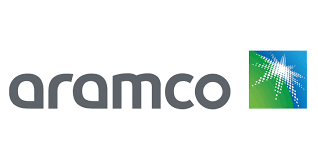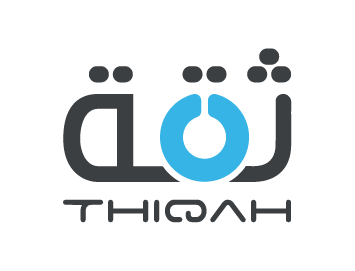

This course, aims at exploring warehouse and inventory management systems and practices with more emphasis in the improvement of the storage systems, control of the inventory levels and integration of the entire supply chain activities.
This Warehouse and Inventory Management program is designed for specialists, professionals, and individuals seeking to enhance their knowledge of warehouse and store operations. The course focuses on efficient management of warehouses and stores with minimal costs. It offers hands-on tools and opportunities to optimize warehouse and store management practices.
Often, critical operations and facilitation tasks within warehouses and stores are overlooked despite their importance to customer satisfaction. This seminar provides detailed guidance on these tasks and the implementation of essential tools for effective warehouse and store management.
The course includes foundational training on warehouse management systems and services, serving as an introduction to warehouse management. Participants will gain fundamental knowledge beneficial for further training in warehouse management.
By the end of the seminar, participants will be able to understand warehouse operations thoroughly and be prepared for Warehouse and Inventory Management courses, marking a significant step in their professional growth.
By the end of this Warehouse and Inventory Management course, participants will be able to:
Unit 1: The Role of the Warehouse
Unit 2: Product Classification
Unit 3: Layout Options
Unit 4: Methods and Equipment
Unit 5: Health and Safety
Unit 6: Security and Loss
Unit 7: Productivity and Costs
Unit 8: Service Levels
Unit 9: Warehouse Layout
Invalid mobile number. Please enter a valid number.
















